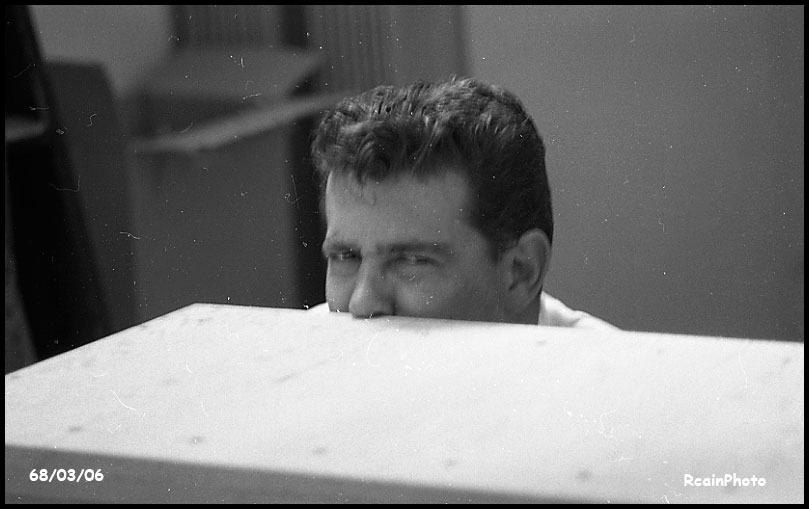
Ken-Lots of Fun to work with.
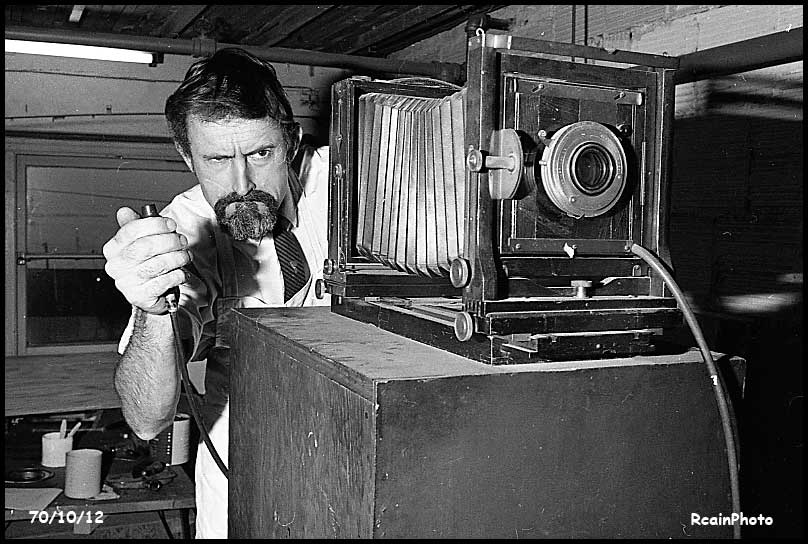
5×7 camera for copying images. Azos as well as continous tone photos.

Ken-Lots of Fun to work with.

5×7 camera for copying images. Azos as well as continous tone photos.
So, this is my sojourn into photography in the 1960’s. The highlighted texts are links. Just click on them to find out where I’m taking you. If you want to make a comment or see the comments just click on the title.
Autumn of 1967 I was perusing the job ads in the newspaper when I came upon an advertisement for a ‘Darkroom assistant’. I called and arranged an appointment. We lived in Marpole at the time. The shop, Focus Prints, was downtown (1255 Pender st) so it was a fairly lengthy bus ride.
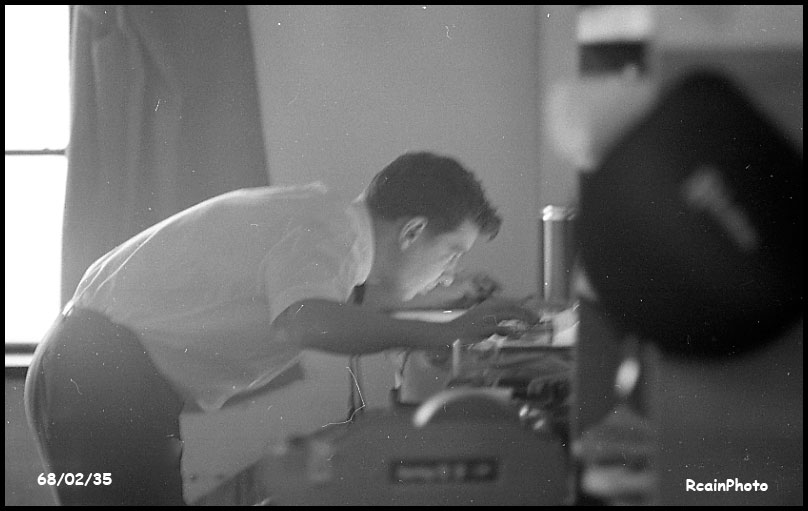
Ken, the manager.
Focus Prints was located up one set of stairs and down a long corridor all the way to the back of the building. The office and workroom had gorgeous views of the Burrard Inlet. I was met by the owner, Glenn Startup, and the manager, Ken. The interview seemed to go well. I showed them some of the pictures I’d made in my tiny darkroom in the attic of my in-laws. (Glenn later-much later-told me that they didn’t think much of my photographic skills.) I got the job! I think what cinched it was on seeing a chess set on the coffee table I remarked that I played chess. Ken was an avid chess player and was always challenging the salesmen that came to the door.
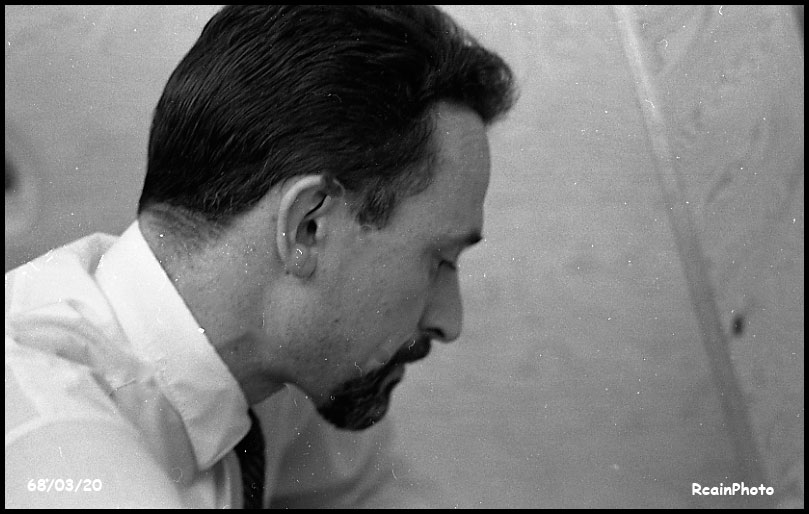
Glenn Startup/owner
So, I went to work. Eventually I bought a little scooter which made the commute tolerable. I was taught the basics of the business. Focus mainly dealt with the advertising agencies that seemed to gather close to Pender. We had a delivery boy that would pick up and deliver copy. The main occupation was making what we called Azos. Using a 5×7 camera we made line negs (black and white negs, no shades of grey) of the copy sent to us. Then we made prints to the size ordered. This way the commercial artists could letraset their advertising without worrying about fitting it to the page. That was our job to enlarge or shrink the lines. Fairly exacting work.
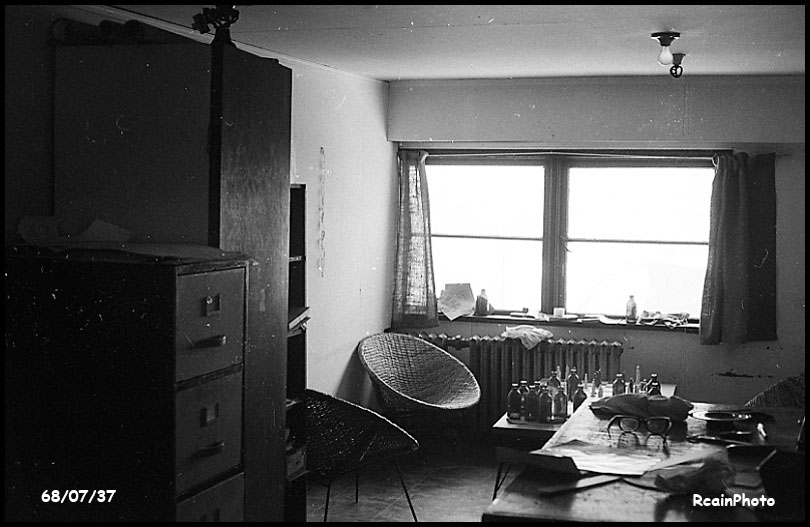
Beer and chess/ life was good!
We also had a giant Photostat machine which would make newspaper size copies on photographic paper. This was all pre-Xerox. It was a huge darkroom in a box. Using belts and pulleys the paper was pulled through a developing tank and ended up in a tray of fixer. We would wash it and put it through that electric dryer. The firms would use these prints to check the placement and accuracy of their work before sending it to the printer. The Photostat gave an incredibly faithful copy of the proposed page including photographs.
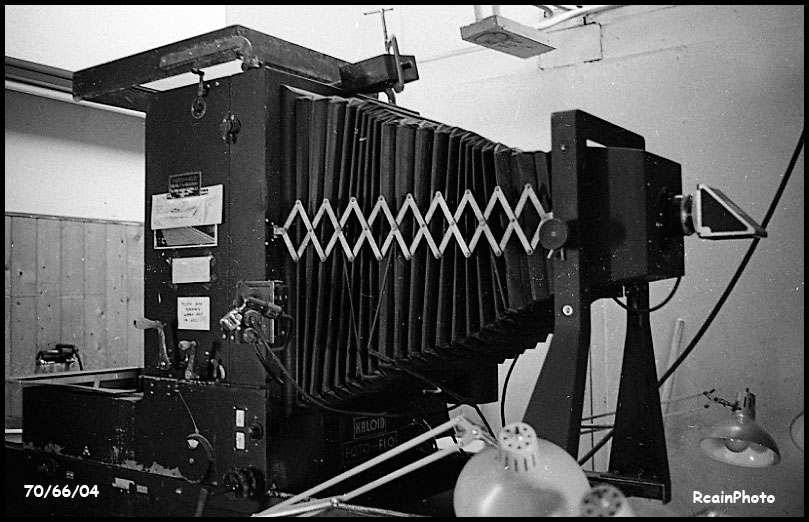
The Photostat Machine-developed paper negatives from rolls 18″ wide.
A plus at Focus was the beautiful view and, by means of a ladder, we could access the flat roof and eat our lunches in the sunshine. The daily chess game was an added bonus. I felt I had arrived…
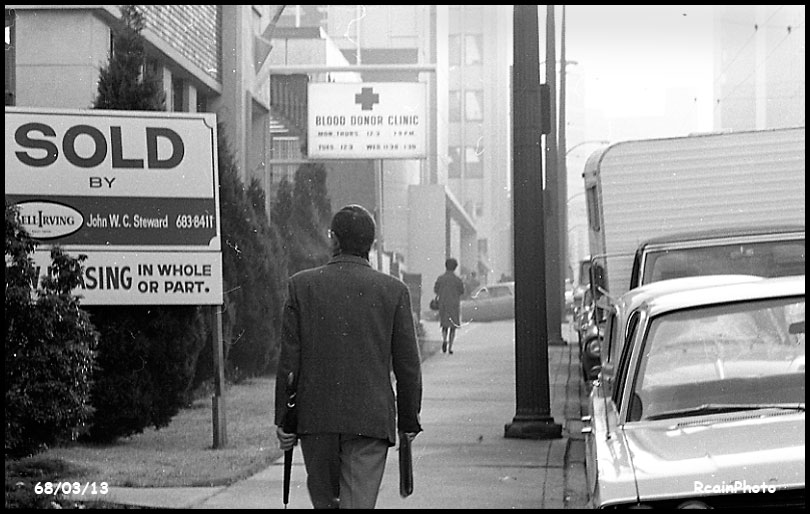
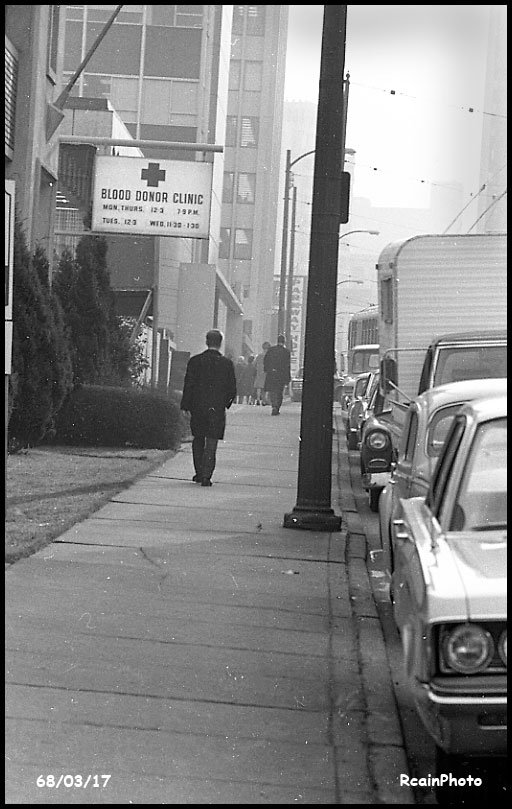
1968
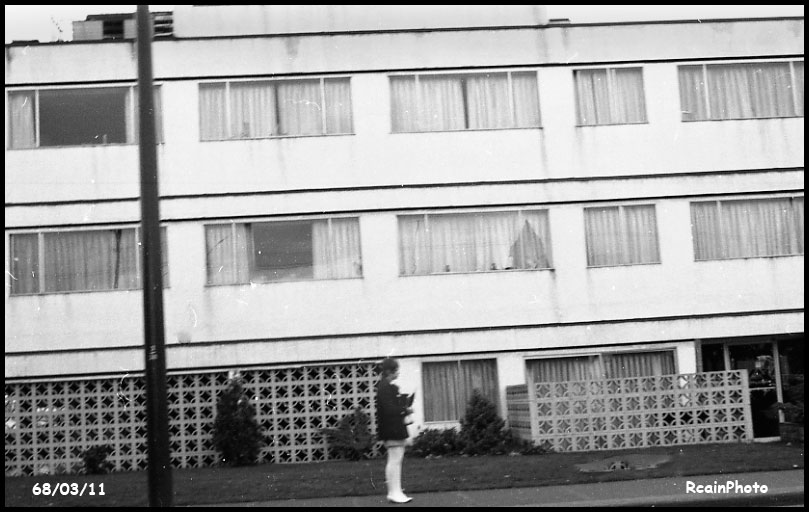
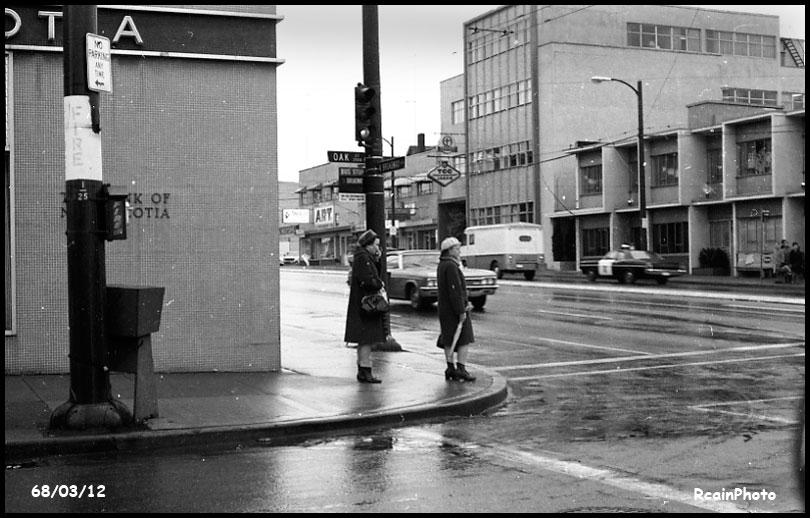
1968